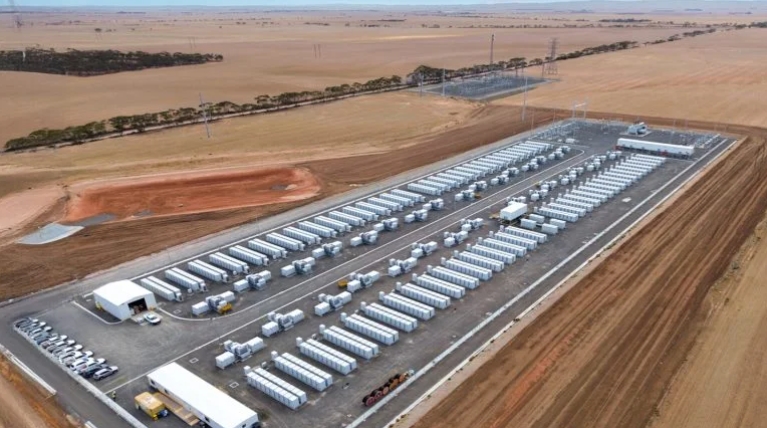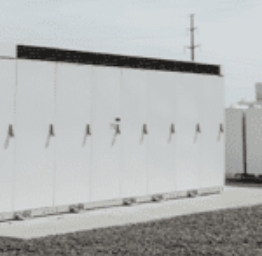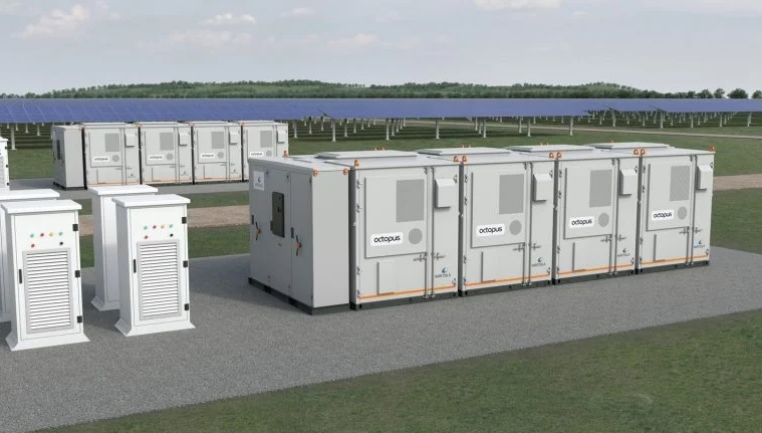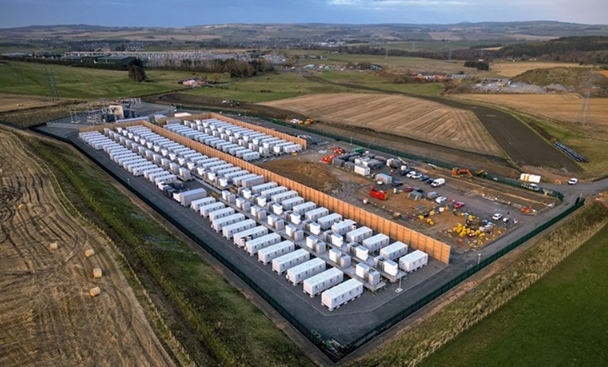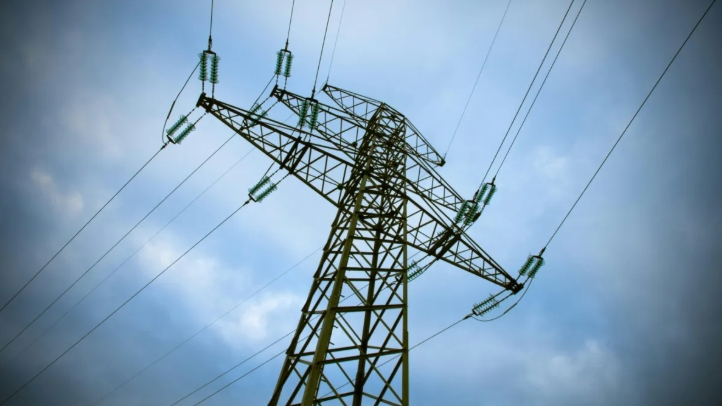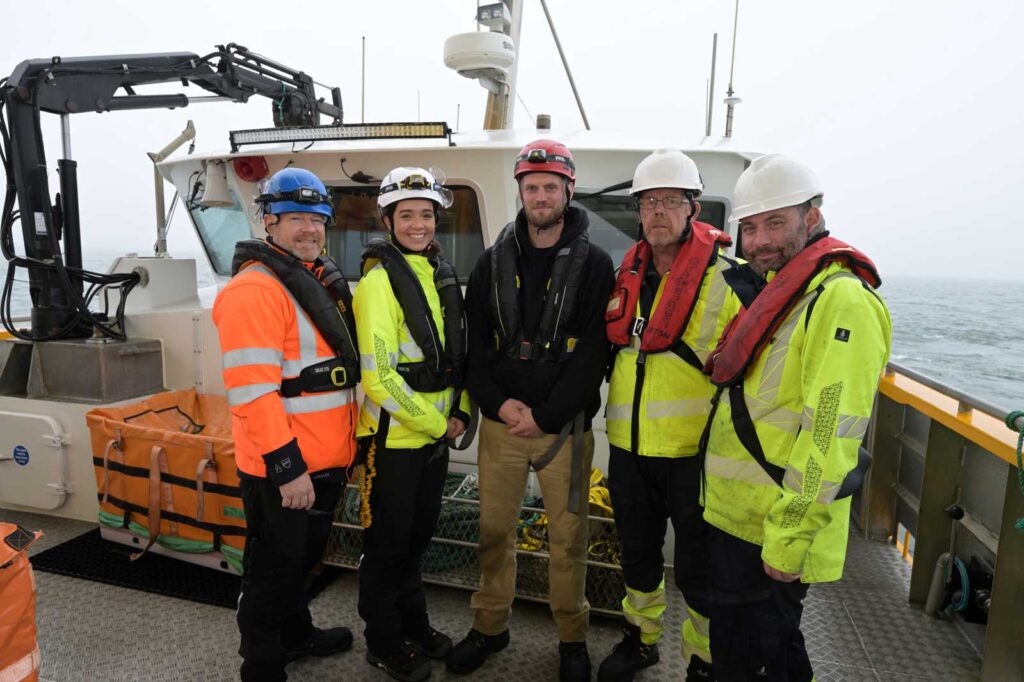
Photo source: RWE
The first batch of 2,500 juvenile lobsters was settled at the offshore wind farm in November and a further 2,500 are expected to arrive at the site early next year.
According to RWE, which said last month that the project’s goal was to help increase biodiversity in the North Sea, there is the potential for a further 10,000 lobsters to be released over the next two years, in 2025 and 2026.
The lobsters will be hatched at the Whitby Lobster Hatchery, operated by North Sea Conservation which aims to release 100,000 juvenile lobsters into the sea. The hatchery formally opened in 2023 and has been provided with support and funding from RWE’s Sofia offshore wind farm, the developer says.
As part of the agreement under which the Triton Knoll project is running, RWE will also be providing investment to the hatchery to help cover the costs of additional staffing and the equipment needed to meet the demands of the hatchery operation and reporting, according to the developer.
“Lobsters are not just a cornerstone species for marine ecosystems; they are also essential to the vitality of coastal communities in Yorkshire and the North East. These remarkable creatures are both iconic and crucial to maintaining the health and balance of our oceans. Together with RWE, we are committed to safeguarding and restoring the rich marine heritage of our region”, said Joe Redfern, Whitby Lobster Hatchery General Manager.
The 857 MW Triton Knoll is owned by RWE (59 per cent), J-Power (24 per cent) and Kansai Electric Power (16 per cent) with RWE managing the construction phase of the project and operating the wind farm on behalf of the partnership.
The offshore wind farm, located 32 kilometres off the coast of Lincolnshire, comprises 90 Vestas V164-9.5 MW turbines, all of which were commissioned in January 2022.



